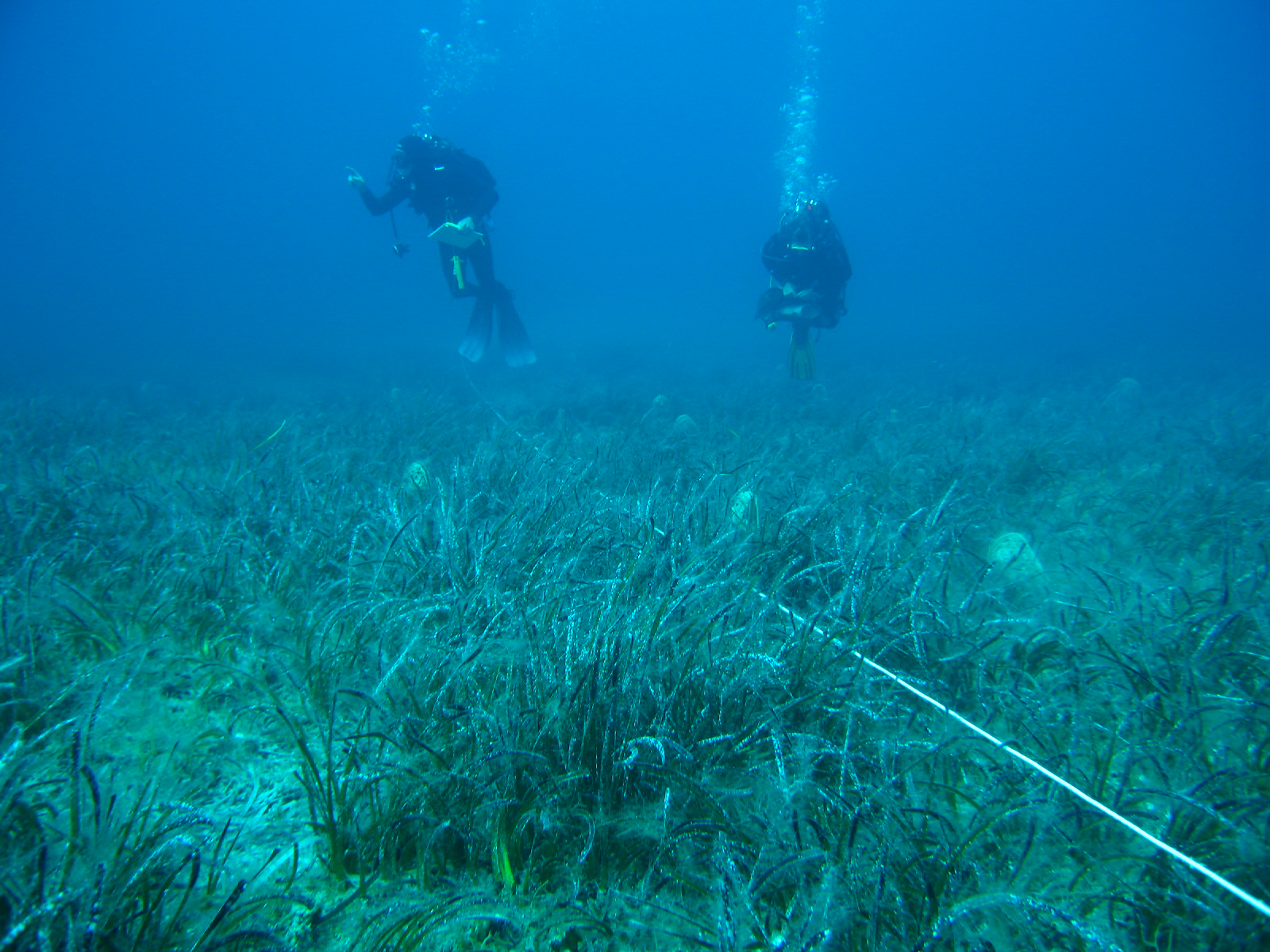ERSE carries out the following marine and marine-coastal analyses, both in Tuscany and the rest of Italy.
CARLIT Coastal Cartographic Method
The CARLIT method (CARtography of LITtoral and upper-sublittoral benthic communities) maps the composition and linear development of algal communities of microtidal environment on maps of suitable scale, in order to infer the magnitude of the human pressure, to which the superficial communities of rocky substratum dominated by macroalgae respond relatively quickly. It is a useful tool for a preliminary investigation on long coastal stretches, which at the same time guarantees sensitivity, ease of application and reduced analytical costs. Due to its simplicity of application and low impact on the community (non-destructive), the method is suitable for application in protected natural areas of conservation interest; the type of results produced is in accordance with Directive 2000/60/EC.
Analysis of benthic communities (M-AMBI)
The M-AMBI index is used to define the health’ status of the water body through the analysis of macrobenthos. Benthic communities are successfully used as indicators of stress or pollution, as their species composition and inter-specific relationships reflect environmental conditions. They are also relatively static and act as a sort of biological memory as they are subject to all natural or anthropogenic changes occurring in the area where they live. For the evaluation of the index, the benthic community of each station is analysed by calculating the structural or community parameters (number of species, specific wealth, abundance, diversity and evenness), in order to describe the population qualitatively and quantitatively. The calculation of the index makes it possible to assess the status of the water body as required by European legislation.


